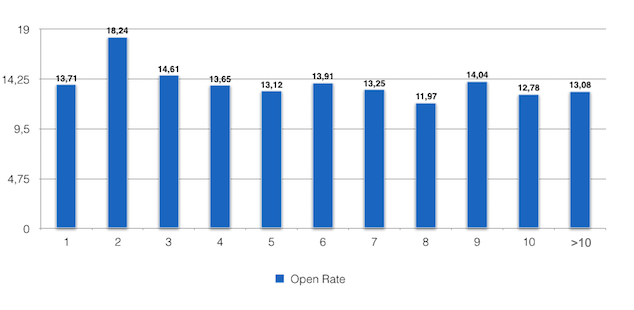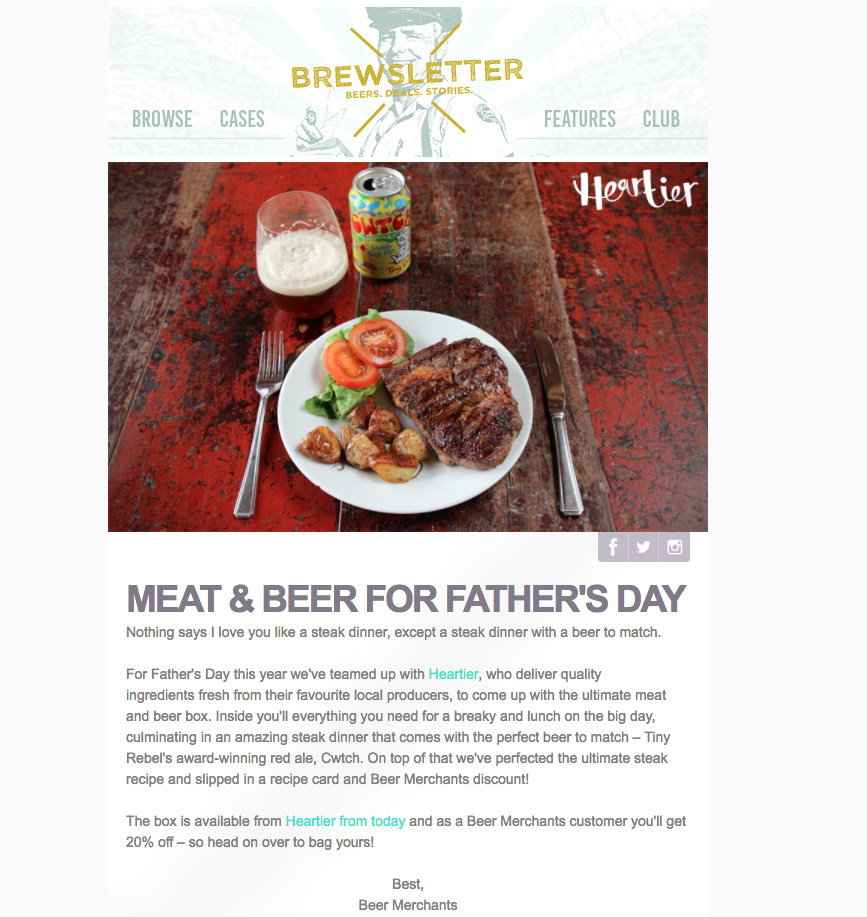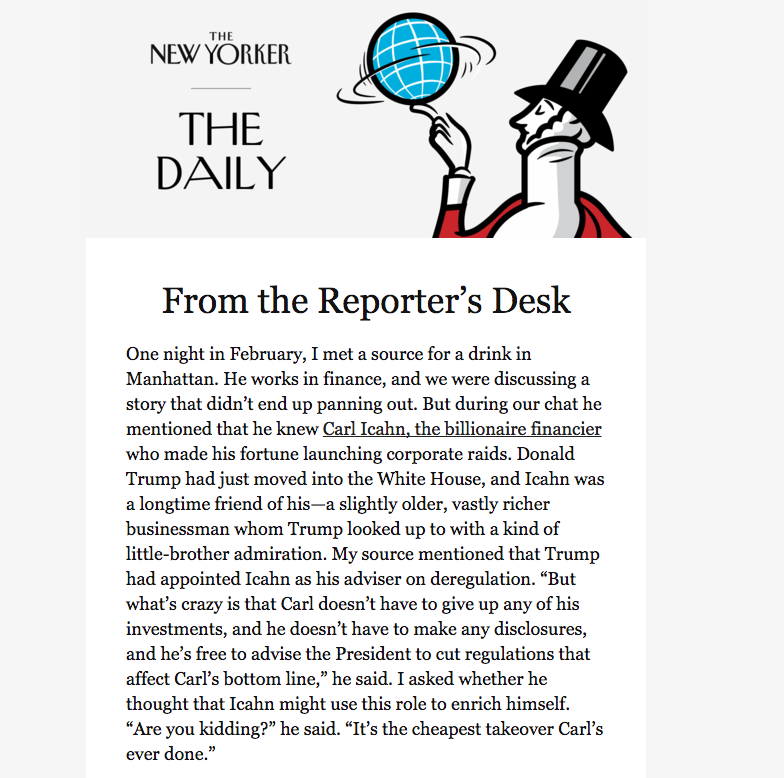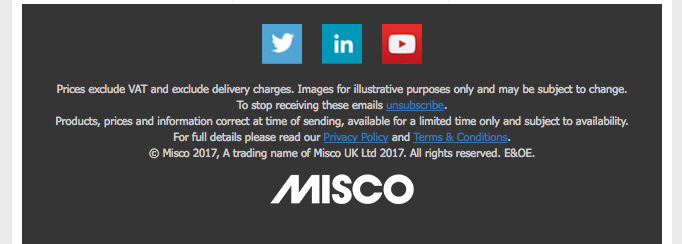 Szymon Dyrlaga
created
Szymon Dyrlaga
created
The 5 basic rules of newsletter
Back to list of articlesEmail has been a well known communication channel since the 1970’s, with the first newsletters being sent in 1978. Nowadays 9 out of 10 Internet users have a mailbox and the ability to send emails. Therefore you might think that preparing a newsletter is easy to do. The answer to this is actually yes and no! It’s easy when you want to just send any newsletter, no matter what the content, with no thoughts as to how many people will open this. A more complicated issue is sending a newsletter which will bring you profits. To achieve this there are some basic rules to follow.
Collect your data smartly
First of all the holy principle of email marketing: do not buy a mailing list! In many countries there are regulations that don’t allow you to send commercial messages to people who haven’t agreed to it. But this is not the only reason. Such lists could contain addresses appearing as spam traps created by email service deliverers and organisations such Spamhaus or SURBL. If you send a message to a spam trap address, you’ll probably be marked as a spammer in any future campaigns. Moreover, it’s difficult to predict what kind of people are on the list, such as what they’re interested in, etc.
So how to collect data?
- via a sign-up form on your website, social media or landing pages
- during conferences, meetings, and training (here you can find a very useful app for these occasions)
- through a double opt-in model - adding to a subscribers list depending on a user’s confirmation
Newsletters are about habits
If mailing could be compared to a cinema movie, a newsletter is like a tv series - your recipients should get into it. This type of communication serves strengthen relations with clients and aims to inform recipients about novelties, changes, offers, and updates within a given company or topic.
First you should prepare one permanent layout with content as the only variable element. With FreshMail you can use one of many templates available in our library.

Always send newsletters with a constant frequency, for example every week on Wednesday, or on the 1st day of each month. Your goal is to implement messages to a recipient’s consciousness, and to make regularly reading it a habit. Of course the frequency of sending depends on you and your business. Some marketers are able to prepare a newsletter once a week, but some of them don’t. Remember not to overdo it, otherwise you run the risk of overwhelming your recipients who are then likely to report it as spam.
Another way to habituate subscribers is by including premium content. What is this? It could be an e-book, PDF report, voucher, etc. It’s something available only for those who open your emails, something more than they see on your website or social media profiles. It doesn’t always take a lot of time to prepare premium content either. A little creativity is often enough to fascinate receivers by simple graphic design or funny story.
Choose the subject and preheader carefully
It’s more important than you might think. In fact, it’s crucial when talking about Open Rates. Surprisingly large number of subscribers - 33% - open messages based only on its subject. From the other side 69% of subscribers label a message as a spam without even opening it. Using the words “FW” or “newsletter” in a subject also decreases the Open Rate. So the message is: choose your subject wisely. Don’t use too many words. Our reveal shows that 2 is the best number.

Using personalization in the subject line (by giving receiver’s name) is also very significant, because by doing this, you can raise your OR by 126%. Besides, it’s worth using icons as it’s not yet so popular among marketers, so it could help you to stand out.
It’s understandable that sometimes you want to write a longer subject line. Nevertheless, try to never use more than 70 characters because it won’t display on mobile devices. This is very important because 54% of subscribers check emails using smartphones.
For this reason we recommend that you use a preheader as a subject’s supplement. A preheader is the first sentence appearing in an email. Most mailboxes display it next to the subject. Here is an example:
![]()
Add context
Placing a short text with some industry information or referring to current events can also increase interest in your newsletter. You can treat it like premium content or just like an addition to your email, which can increase the curiosity of readers and encourage them to open your emails. Here are some examples from senders who do it the right way (some of them have even invented special name for their newsletter).

The Brewsletter by Beermerchants

Daily newsletter from The New Yorker
Always include a footer
It’s a standard element of a well-designed newsletter where you can place a lot of information, but mostly contact information which makes it look trustworthy for receivers. They just want to be sure who sends them emails. Furthermore give them a clearly visible resignation link which is extremely important with regard to the legal obligations governing the protection of personal data and avoiding spam folders. Don’t be scared when subscribers click this link. It doesn’t make sense to bother them and if they aren’t interested in your offer, they won’t make a purchase anyway. Moreover, a footer is a great element to place social media icons, privacy policy, statute or information about awards received.

Following the rules above will help you to become more effective in email marketing. It will also improve your reputation as a sender and bring you customer.. At the end, to become more professional you can use some of recommended helpful tools in newsletter creation section. Good luck!

